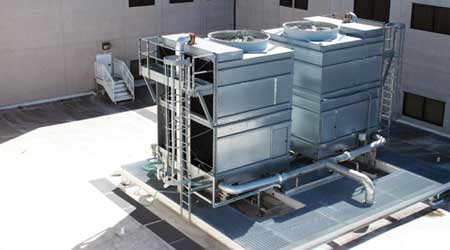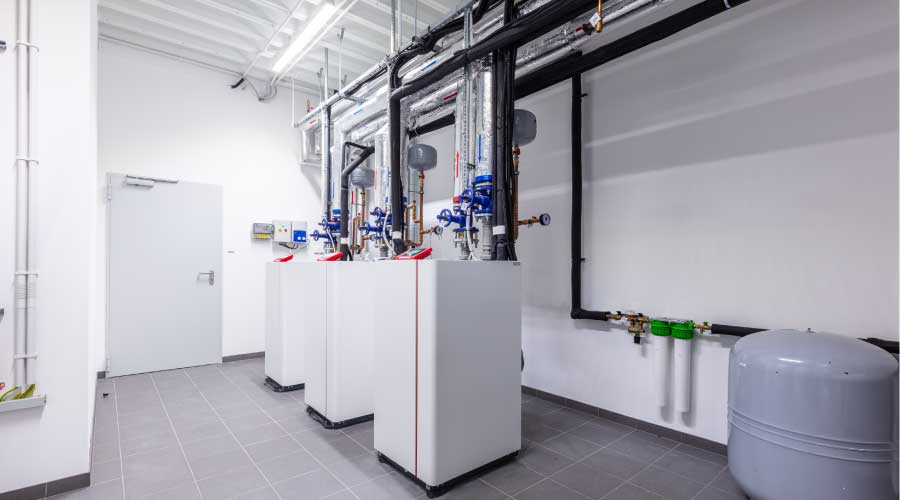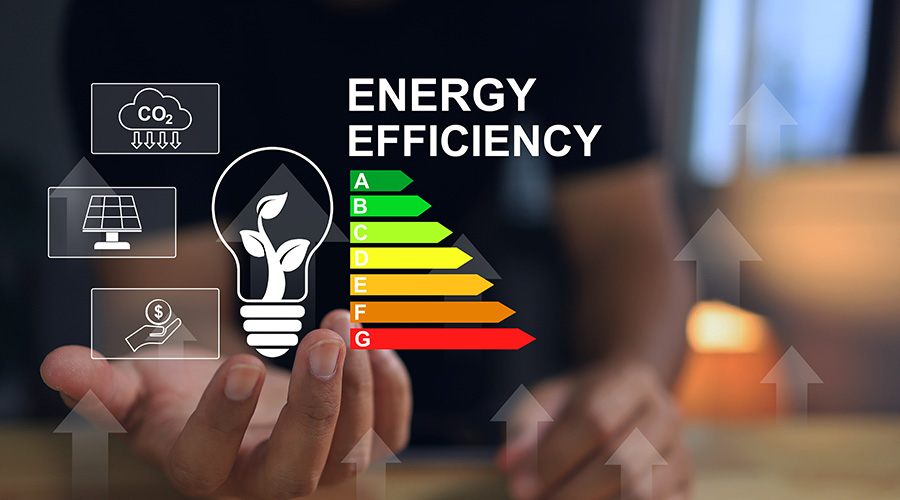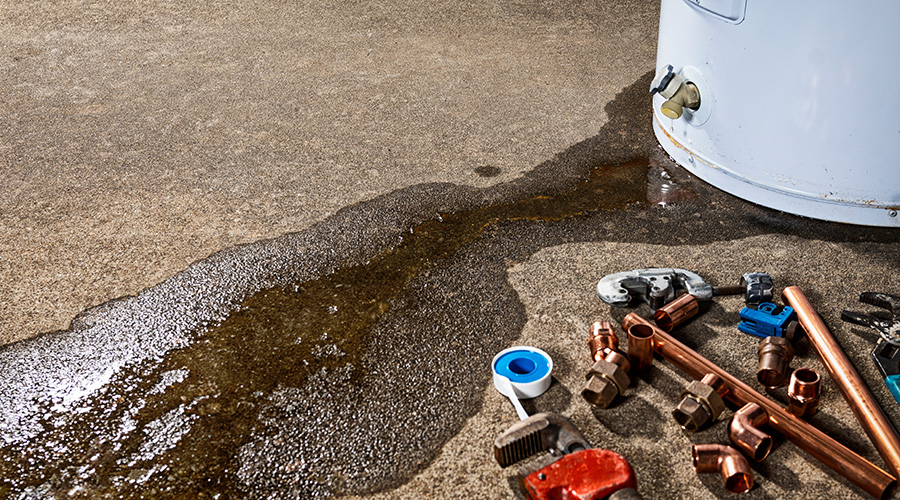 Before selecting new HVAC equipment, analyze the way the building is currently being used to ensure that the replacement system is properly sized to meet the requirements of the application.
Before selecting new HVAC equipment, analyze the way the building is currently being used to ensure that the replacement system is properly sized to meet the requirements of the application.Schedule and Performance Analysis: Keys To Weighing HVAC Upgrades
Potential energy savings alone may not make a new system the best choice: Consider schedule disruptions, features and benefits, the reputation of the manufacturer, and long-term operating efficiency.
All HVAC renovation and upgrade projects have a schedule. Projects may require that building occupants be moved or that temporary heating or cooling systems be installed. How long disruptions to normal service can be reasonably tolerated will play a part in the system selection process. If there is a long lead time for a particular system or equipment to be delivered and installed, it may be necessary to consider other options.
Finally, it is important to consider what others have experienced with the installation and operation of the system being considered in your type of facility and your climate. It has been said that facility managers never should be the first or the last to install a particular type of system. Being first means that there is no established track record. Being last means that the period of time that the manufacture will support the system is limited, hastening obsolescence.
Performance analysis
The most successful system is not the one that saves the most energy or has the lowest installation cost; it is the one that most effectively accomplishes the objectives of the project. That requires facility managers to match the selected system to the needs of the application.
How does one do that? Start by identifying the inadequacies of the existing system. Maybe operations being conducted within the facility have changed sufficiently over the years so that the existing system cannot provide the level of temperature and humidity control now needed. Or it could be that the heating or cooling load has increased to the point that the system can no longer meet the requirements, or decreased to the point where the system cycles on and off frequently. The replacement system must be properly sized to meet the requirements of the application.
Another frequently cited issue is the efficiency of the existing system. System efficiency decreases with system wear and tear. When combined with improvements in HVAC technology, many of the high efficiency systems of today can reduce energy requirements by 25 to 50 percent while improving operational performance. Operating efficiency of the replacement system is particularly important considering the service life of most HVAC systems is measured in decades.
Next, think about desirable features that are lacking in the existing system. For example, the ability to remotely monitor and control the operation of HVAC systems is a feature that can alert operators to system issues and allow them to make corrections from practically anywhere, improving performance while reducing costs.
A performance analysis must also consider the company that manufactures and installs the system. Find out where similar systems have been installed in comparable facilities. Talk to the people who manage those systems. What has been their experience with the system? What type of experiences have they had with the installers and those who maintain the system? When problems have occurred, how did the manufacturer or installer respond?
By doing the appropriate homework at the start of an HVAC renovation project, facility managers can make better decisions when selecting new HVAC technologies for their projects while minimizing their risks.
James Piper, PhD, PE, is a writer and consultant who has more than 35 years of experience in facilities management. He is a contributing editor for Building Operating Management.
Email comments and questions to edward.sulivan@tradepress.com.
Related Topics:














